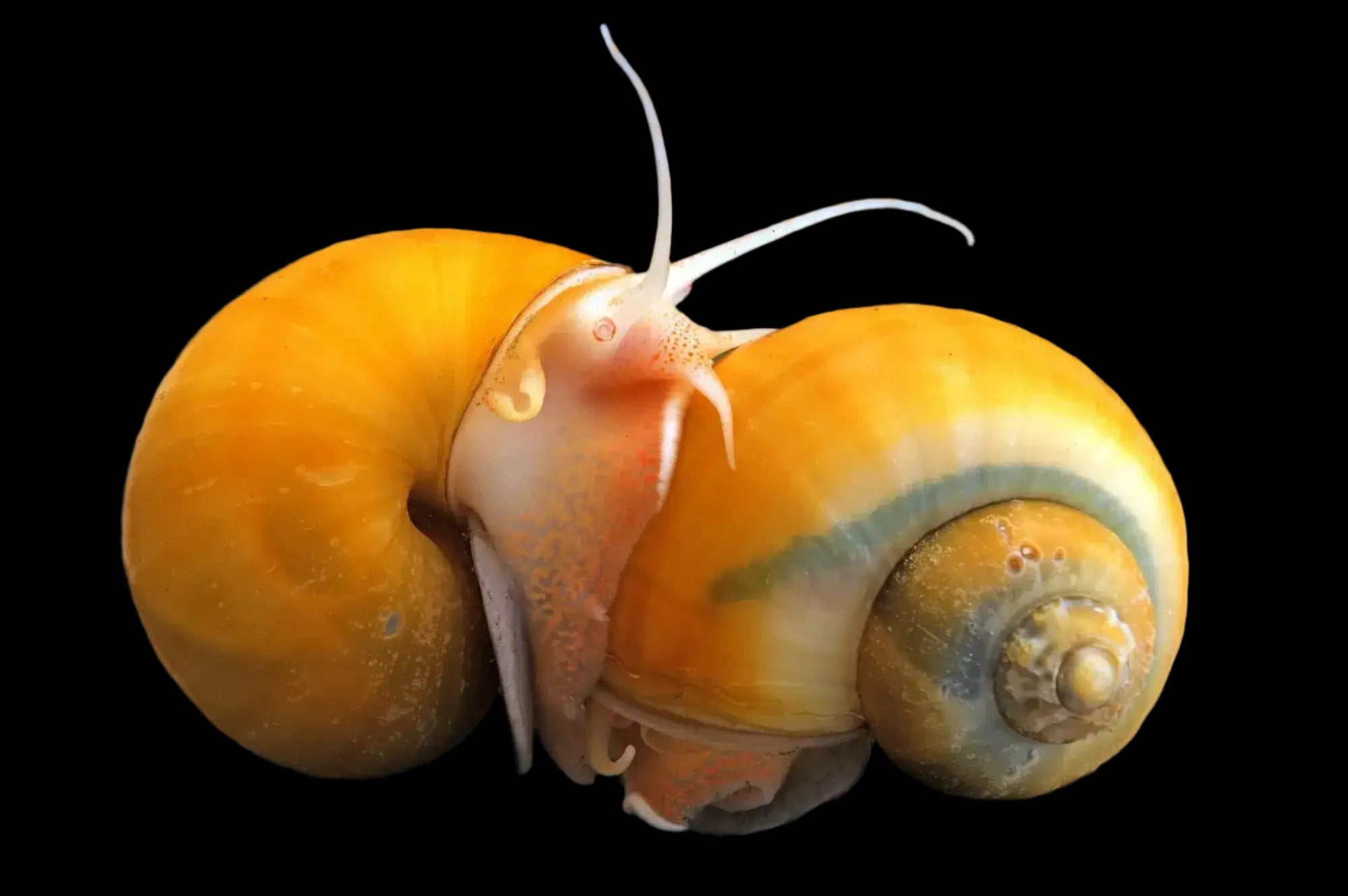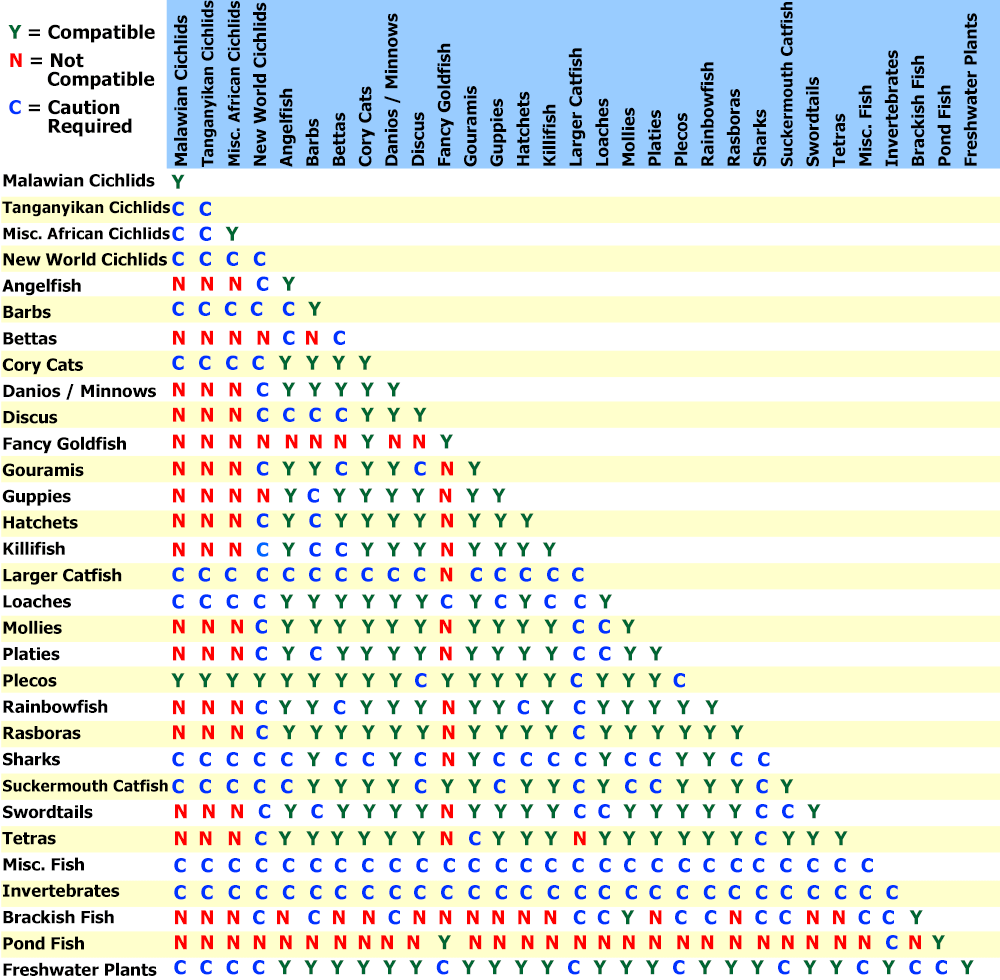Description
Yellow Apple Snails - Brighten Your Aquarium with Bold Color and Cleanliness
Add a burst of sunshine to your aquarium with the Yellow Apple Snail (Pomacea canaliculata). These eye-catching snails, known for their vibrant yellow shells, are as striking as they are functional. Perfect for both beginners and experienced aquarists, Yellow Apple Snails are natural algae eaters that contribute to keeping your tank clean and beautiful.
Key Features:
-
Vibrant Yellow Shells: Yellow Apple Snails (Pomacea canaliculata) are easily recognizable thanks to their bright, golden-yellow shells that add a cheerful, bold accent to any aquarium.
-
Efficient Algae Eaters: These snails are great at grazing on algae, detritus, and biofilm, helping to keep your tank surfaces clean and your water quality pristine.
-
Large, Slow-Moving Creatures: With their gentle pace, Yellow Apple Snails are easy to observe and interact with, adding a relaxed atmosphere to your tank.
-
Hardy & Low Maintenance: Known for their resilience, these snails adapt well to a wide range of water conditions and require minimal care, making them an excellent choice for both beginners and seasoned aquarists.
-
Non-Invasive: While they are prolific breeders in the right conditions, they generally do not overpopulate freshwater tanks, as long as the tank’s conditions are carefully controlled.
Tank Compatibility:
-
Freshwater Aquariums
-
Peaceful community tanks
-
Tankmates: Compatible with most peaceful fish, shrimp, and other invertebrates (avoid aggressive fish that may harm them).
Care Tips:
-
Keep the water temperature between 72°F-82°F, with a pH of 7.0-8.0 and moderate hardness.
-
Provide plenty of calcium-rich foods like calcium supplements or cuttlebone to help maintain strong, healthy shells.
-
Offer a balanced diet of algae, vegetables (like zucchini or spinach), and high-quality snail pellets.
-
Ensure your tank is well-maintained, as these snails are sensitive to water quality, particularly to high levels of ammonia or nitrates.
Why Choose Yellow Apple Snails?
Yellow Apple Snails (Pomacea canaliculata) are the perfect combination of beauty and practicality for your aquarium. Their striking yellow shells brighten up any tank, while their algae-eating habits keep your aquarium surfaces clean and clear. With their easy-going nature and minimal care requirements, they’re a perfect addition to any freshwater setup, from nano tanks to larger community aquariums.
Click & Collect
Livestock will only be bagged once you arrive, or if you contact us in advance to request it ready beforehand.
Local Delivery
Order anything from our in-store range and have it delivered right to you.
-
Minimum spend: £50
-
Delivery up to 10 miles: £10
-
Delivery up to 25 miles: £20
Distances are measured “as the crow flies”, not by road.
Once your order is placed, we’ll be in touch to arrange a suitable delivery date and time.
Please note, delivery may take a little longer as we often group orders together to build an efficient delivery run.
Important: If you’re ordering a large aquarium, please ensure someone is available to help unload the van on arrival.
Dry Goods Delivery
-
DX Express: 1 working day, same-day dispatch before noon 0-75kg
-
Express Pallet: 1–3 working days 75-500kg
If you'd like to add more items to an existing order that hasn't yet been dispatched, please place a Click & Collect order and leave a note asking us to combine the orders.
Please note: We currently only dispatch parcels Wednesday to Friday.
Pre-Order
Want the full details? Check out our Terms & Conditions.
Livestock Delivery
Thursday Delivery – £24
-
Dispatched Wednesday afternoon
-
Delivered Thursday before 1pm
-
Order by Wednesday 12 noon
-
Minimum spend: £50
Friday Delivery – £24
-
Dispatched Thursday afternoon
-
Delivered Friday before 1pm
-
Order by Thursday 12 noon
-
Minimum spend: £50
Saturday Delivery – £29
-
Dispatched Friday afternoon
-
Delivered Saturday before 1pm
-
Order by Friday 12 noon
-
Minimum spend: £50
📦 Want to Add to an Existing Order?
No problem! Just place a Click & Collect order and leave a note asking us to link it with your original one (as long as it hasn’t been dispatched yet).
🛒 Dry Goods Now Included!
You can now include dry goods in your livestock delivery – perfect for topping up supplies in one go.
❄️ Please note: We can’t send frozen food with livestock – please order frozen items separately.
⚠️ Delivery Exclusions
Unfortunately, we’re unable to deliver livestock to the following postcodes:
Scotland & Isles:
AB30–AB56, DD8–DD10, DG3–DG9, DG12–DG14, FK17–FK21, KA18–KA19, KA26–KA30, PA20–PA38, PA80, PH3–PH40
Cornwall Isles: TR21–TR25
All of the following postcodes are excluded:
BT, HS, IM, IV, JE, KW
Plus Channel Islands and Shetland Islands
Payment & Security
Your payment information is processed securely. We do not store credit card details nor have access to your credit card information.


